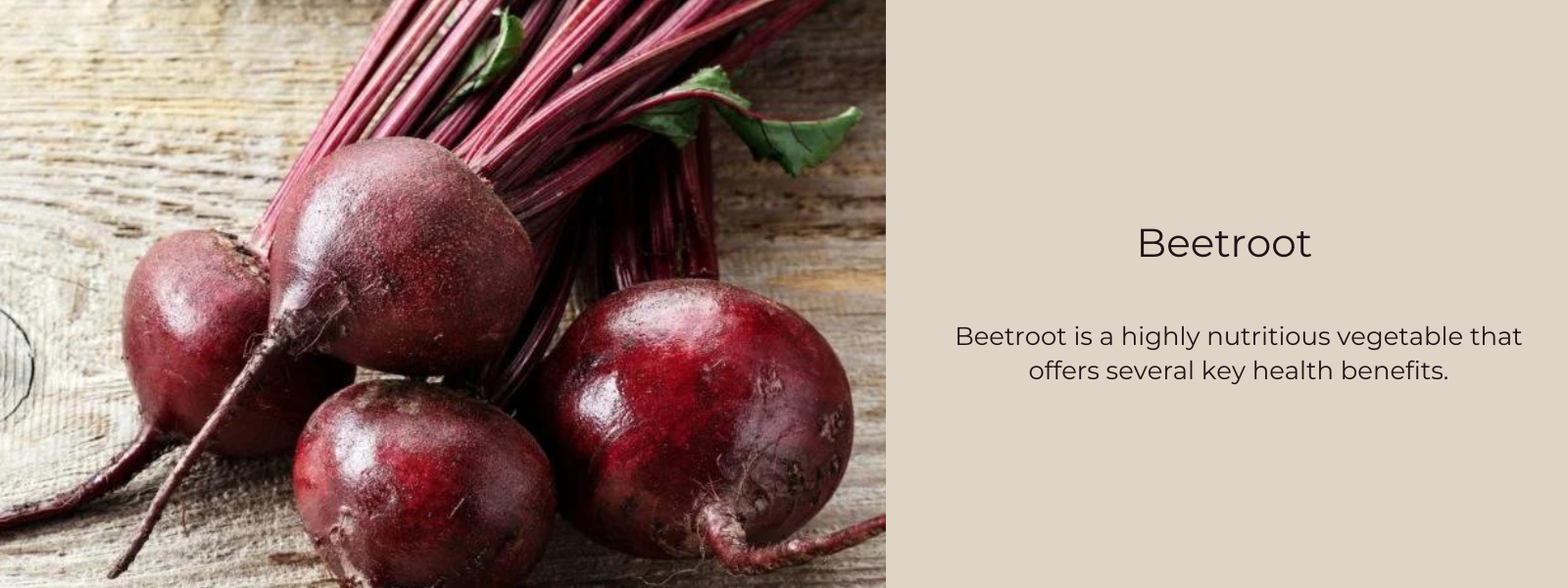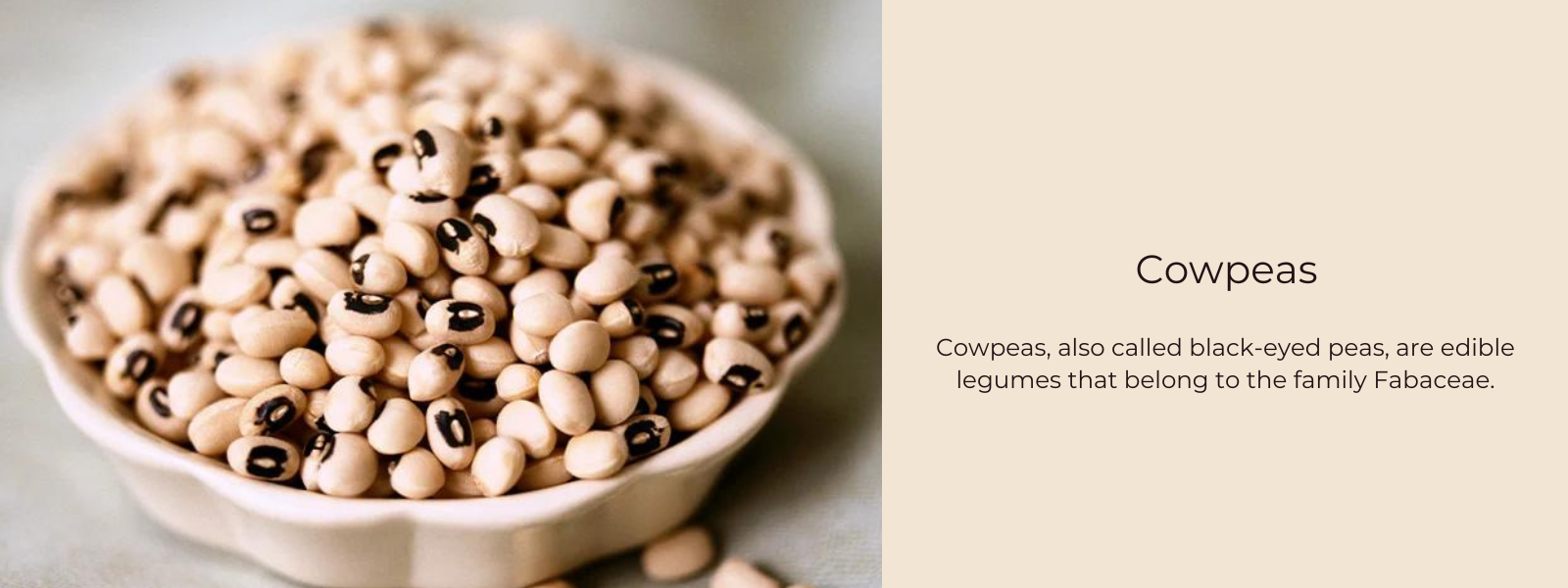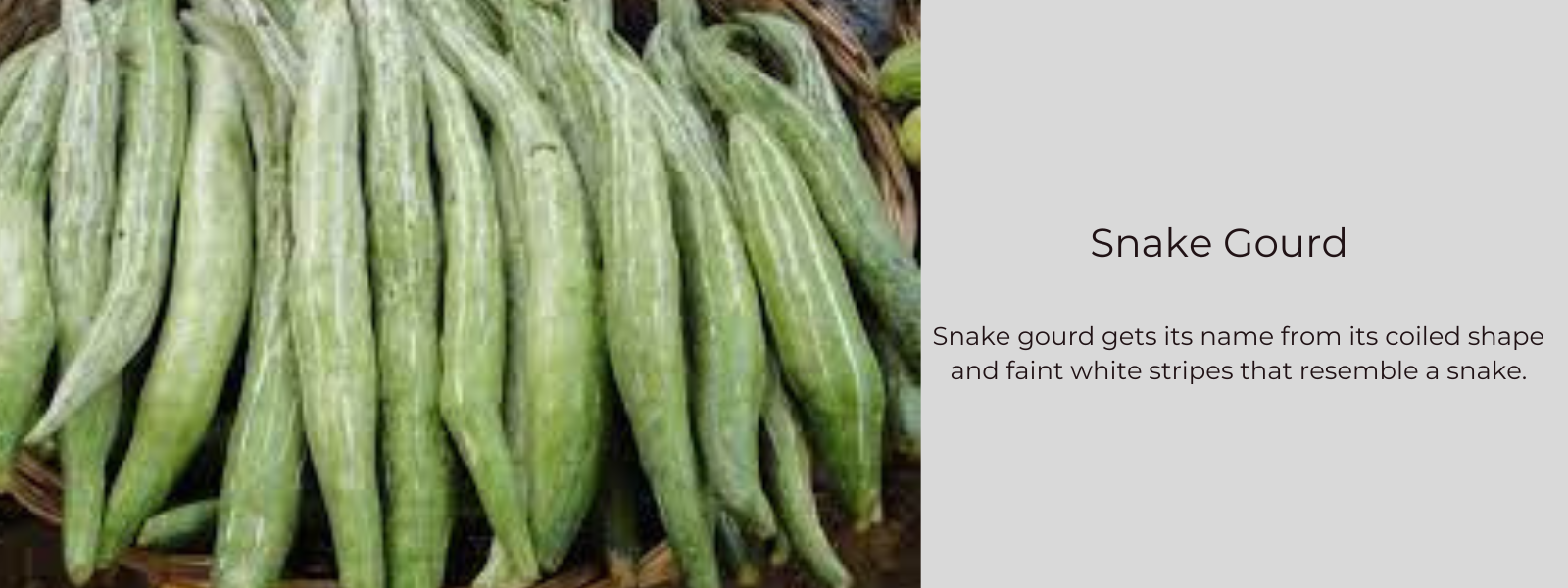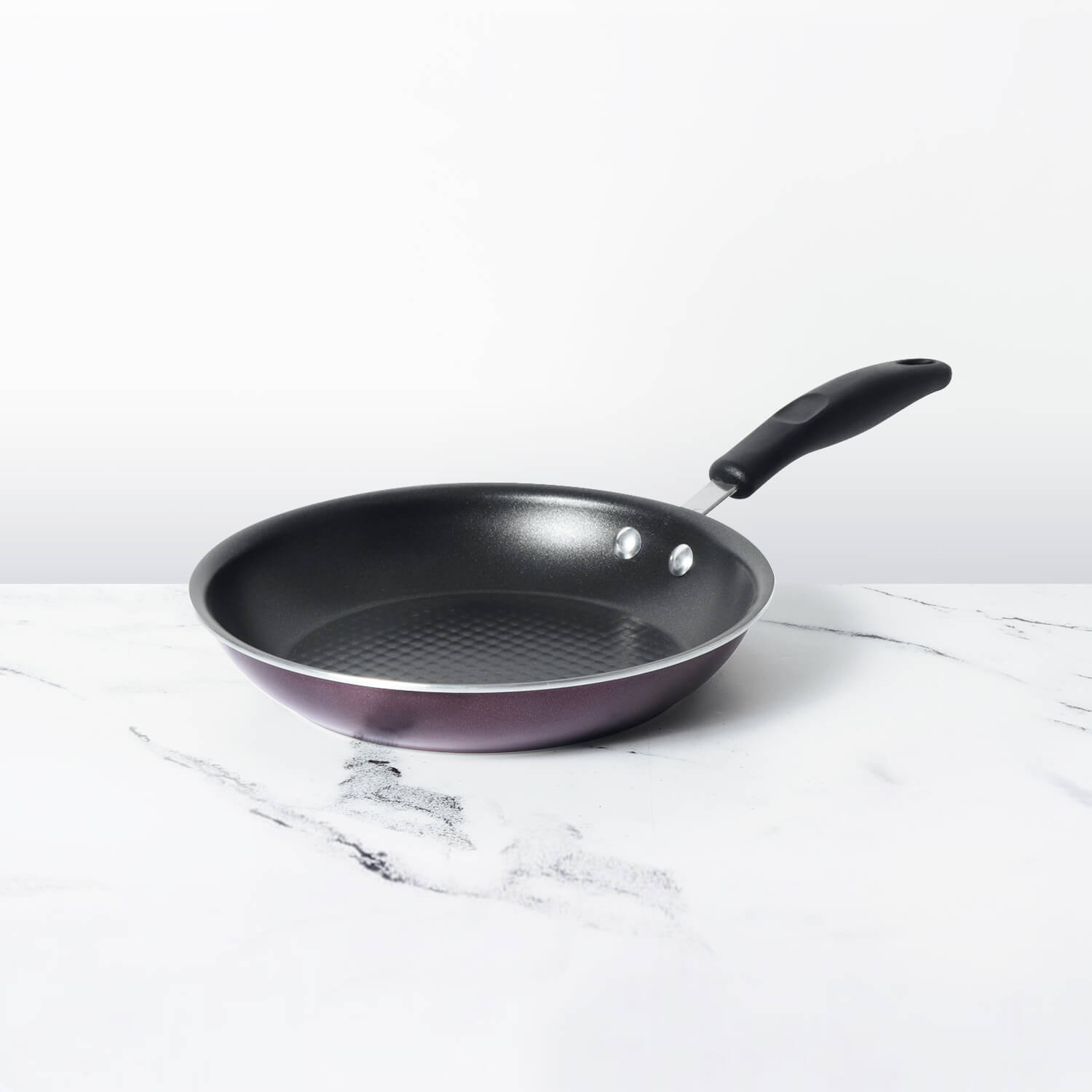Colocasia roots are widely consumed in many parts of the world. They are the edible part of the Colocasia esculenta plant, which is a tropical plant that is cultivated for its starchy roots. Colocasia roots are a good source of carbohydrates, dietary fiber, and some vitamins and minerals. They have a brownish color and a rough, scaly texture. In many cultures, they are boiled, mashed, and used as a thickener in soups and stews. They can also be fried, baked, or roasted and served as a side dish.
It's important to note that the leaves and stems of the Colocasia plant contain calcium oxalate crystals, which can cause skin irritation and swelling if handled improperly. However, once cooked, the roots are safe to consume and offer a unique flavor and texture to a variety of dishes.
Table of Contents
Health Benefits of Eating Colocasia Roots:
Colocasia roots, also known as taro roots or elephant ear roots, offer several health benefits when consumed as part of a balanced diet. Here are some of the potential health benefits of eating Colocasia roots:
- Rich in nutrients: Colocasia roots are a good source of carbohydrates, dietary fiber, and some vitamins and minerals, including vitamin C, vitamin E, potassium, phosphorus, and magnesium.
- Aids digestion: The fiber content in Colocasia roots can help promote healthy digestion and prevent constipation.
- Supports heart health: Potassium is an essential mineral that supports heart health by regulating blood pressure and reducing the risk of heart disease. Colocasia roots are a good source of potassium, with one cup providing around 15% of the recommended daily intake.
- Can support brain function: The vitamin E content in Colocasia roots can help protect brain cells from oxidative damage, potentially reducing the risk of cognitive decline.
- Anti-inflammatory properties: Some studies suggest that Colocasia roots have anti-inflammatory properties, which could help reduce the risk of chronic diseases such as arthritis, diabetes, and heart disease.
It's important to note that Colocasia roots should be cooked before consuming to ensure they are safe to eat, as the leaves and stems of the Colocasia plant contain calcium oxalate crystals that can cause skin irritation and swelling if not handled properly.
Uses of Colocasia Root in Culinary Dishes:
Colocasia roots, also known as taro roots or elephant ear roots, are used in a variety of culinary dishes around the world. Here are some common uses of Colocasia roots in cooking:
- Stews and soups: In many cultures, Colocasia roots are boiled, mashed, and used as a thickener in soups and stews. They add a unique flavor and texture to these dishes.
- Curries: Colocasia roots are a popular ingredient in many Indian curries. They are typically peeled and chopped before being added to the curry.
- Chips and fries: Colocasia roots can be sliced into thin chips or cut into thicker fries and fried until crispy. They are often served as a snack or side dish.
- Baked or roasted: Colocasia roots can also be baked or roasted in the oven until tender. They can be served as a side dish or added to salads.
- Desserts: In some cultures, Colocasia roots are used to make desserts such as puddings, cakes, and ice cream.
Overall, Colocasia roots offer a unique flavor and texture to a variety of dishes and can be used in both savory and sweet recipes.
Interesting Facts about Colocasia Roots:
Here are some interesting facts about Colocasia roots:
- Colocasia roots have been cultivated for over 6,000 years and are believed to have originated in Southeast Asia.
- Colocasia roots are known by many different names around the world, including taro, dasheen, eddo, cocoyam, and elephant ear.
- In Hawaii, Colocasia roots are used to make poi, which is a traditional staple food made by mashing the cooked roots and fermenting them with water.
- Colocasia leaves are often used as a wrapping for food in many cultures. For example, in the Philippines, the leaves are used to make a dish called laing, which consists of Colocasia leaves filled with coconut milk, chili, and other ingredients.
- Colocasia roots are a symbol of good luck in many cultures. In some parts of the world, they are used in religious ceremonies and rituals.
- In traditional Chinese medicine, Colocasia roots are believed to have cooling properties and are used to treat fever, swelling, and other conditions.
- The leaves and stems of the Colocasia plant are also used in some cultures. In Jamaica, for example, the leaves are used to make a dish called callaloo, which is a type of soup made with greens and spices.
Overall, Colocasia roots and leaves have a long history of use in many cultures and offer a unique flavor and texture to a variety of dishes.
Tips for Selecting and Storing Colocasia Roots:
Here are some tips for selecting and storing Colocasia roots:
- Look for firm, unblemished roots: When selecting Colocasia roots, look for roots that are firm, free of soft spots or blemishes, and have a smooth, even skin.
- Choose roots of the right size: Colocasia roots come in a variety of sizes, from small to large. Choose the size that is best suited for your recipe.
- Store in a cool, dry place: Colocasia roots should be stored in a cool, dry place, such as a pantry or root cellar. They can also be stored in the refrigerator for up to a week.
- Do not wash until ready to use: Colocasia roots should not be washed until you are ready to use them. Excess moisture can cause the roots to spoil more quickly.
- Peel before cooking: Colocasia roots should be peeled before cooking, as the outer layer can be tough and fibrous. Use a vegetable peeler or a sharp knife to remove the skin.
- Handle with care: It's important to handle Colocasia roots with care, as the leaves and stems of the plant contain calcium oxalate crystals that can cause skin irritation and swelling. Wear gloves or handle the roots with a towel or cloth.
By following these tips, you can select and store Colocasia roots properly, ensuring they are fresh and ready to use in your favorite recipes.










Leave a comment